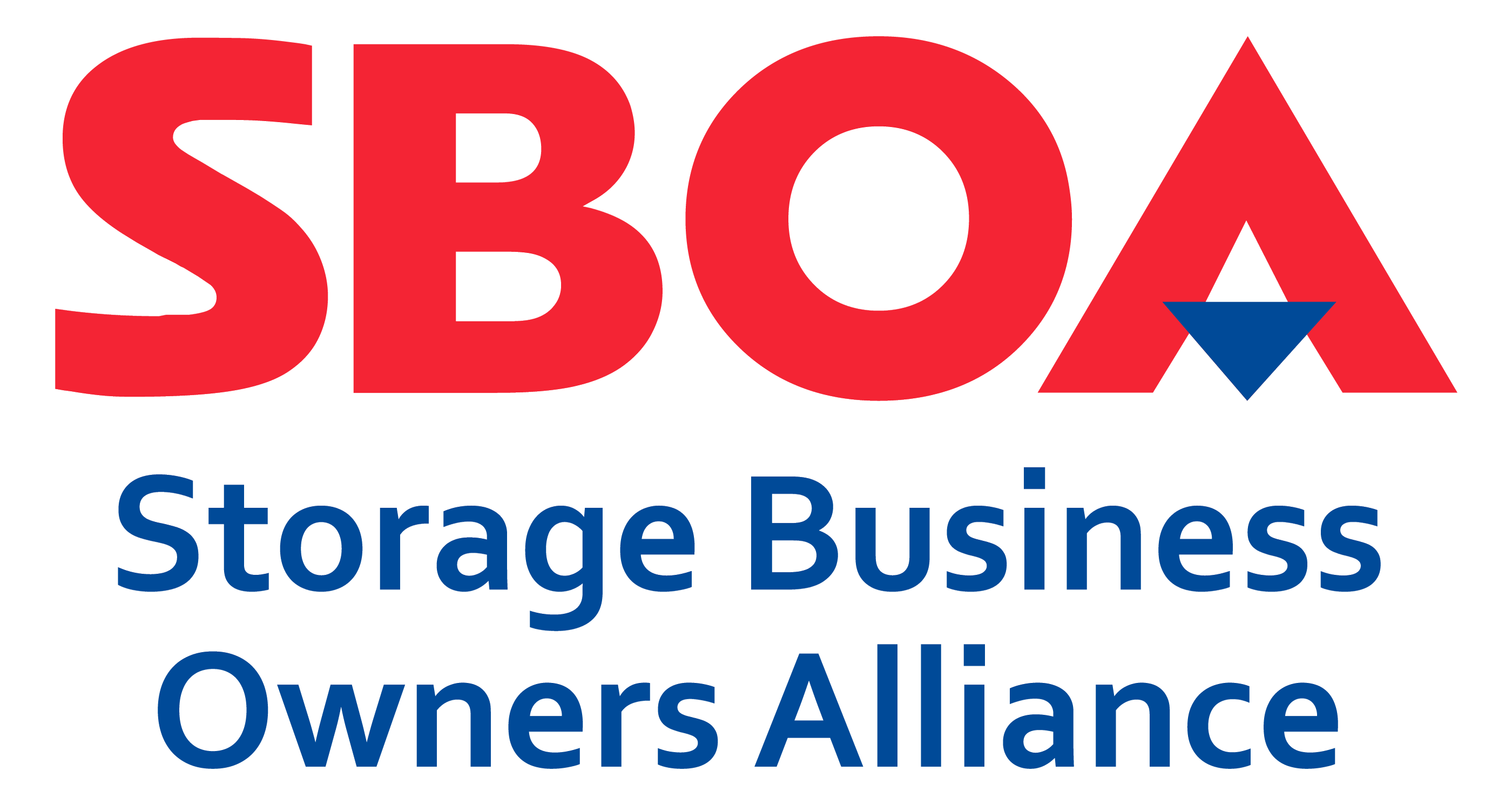The pandemic has underscored the importance of succession planning. While every business is unique and there is no one-size-fits-all plan, build the foundation for a comprehensive plan and be prepared to pivot as needed. As you create or revisit your overall succession plan, consider these five elements below.
1. Be able to tell your story.
You may think that the target business’s financial summary is the most important item when you are looking to purchase. It’s not. Lenders like Live Oak Bank want to hear about your track record leading up to this purchase, your business plan and your transition plan. What’s your motivation? If you can articulate your “why”—what gets you out of bed each day, where your passions lie and what drives you—this bolsters your overall story.
2. Understand your personal financial health.
Many small businesses face a common challenge—having enough cash to carry the company through a downturn or recession. Your liquidity plays an integral part in this. While your personal financial statement (PFS) has always been important to the bank, your PFS is even more significant in telling a story in the wake of the pandemic. Your lender will need to assess your PFS and will focus on these areas:
- How much cash is on hand?
- Is there a visible sign of discipline to save?
- What’s in your retirement accounts and other liquid investments?
- Have you built equity in other places?
Your credit report carries weight too. It goes beyond your credit score and is more about your discipline. Do you place a priority on debt obligations, and do you have a prior history with late pays and collections? All of these considerations make up your character profile.
3. Know your COVID story.
Prepare a transparent write-up on how the pandemic has impacted the business and how you could mitigate the challenges. Don’t avoid the topic—instead, address it head-on and be honest and accurate. Prepare projections to show a visual of your post-COVID plans. This preparation indicates that you have a plan in place and understand that your business may have to pivot due to the pandemic. Additionally, understand your market share and how competitors have been impacted – you may be the only source of this information for the buyer and the bank.
4. Know your real estate value.
It is crucial to understand your real estate value and how it impacts each loan option differently. With an SBA loan, it determines the length of your buyer’s loan term. However, with traditional commercial real estate mortgage loans, it determines the amount of financing you will receive, assuming cash flow is not an issue. Overstating your real estate value could overstate the amount of financing your business can support and leave you with a big surprise.
5. It’s never too early to plan.
Begin planning for your succession regardless if you are looking to sell in the next three years, or fifteen years. Succession planning will provide a roadmap for your financial strategy; it will help establish operating cash flow goals, expense margin goals and establish your financial retirement plan. While COVID-19 has created so many unknowns for small businesses, control what you can by creating or revising a plan to ensure your business survives for generations to come.
As we continue to navigate this new world we’re living in, the urgency and need for creating a succession plan is apparent. Know that these plans are fully customizable and can evolve as your business evolves – but it’s critical to plan now in order to ensure the stability and the long-term success of your business.


